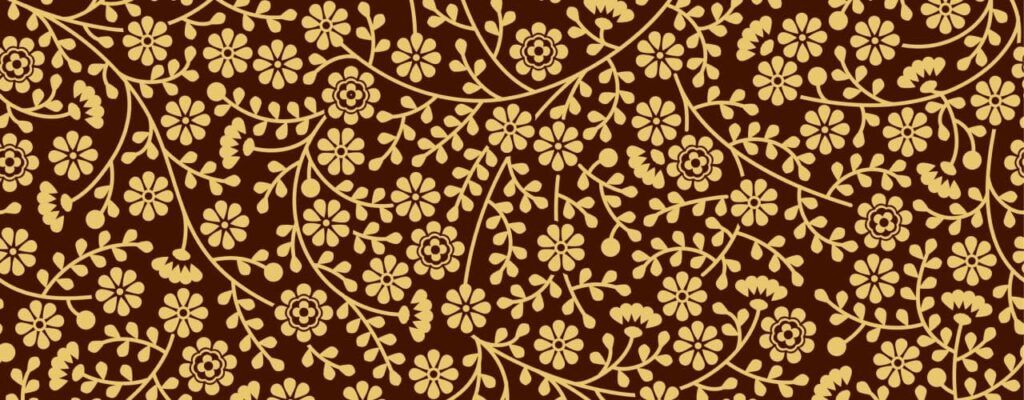

Embossing and debossing are like two sides of the same coin. Each uses a similar technique, and has something distinctive to offer your designs, but actually the results are quite different. If you’re looking to create unique designs, whether that’s for business cards or marketing materials, then embossing and debossing offer a great way to do it. This is what you need to know about these stylish printing techniques.
Embossing
This is a technique that all of us will have come across at some point. It’s often used on greetings cards, for example, or on the label of a wine bottle. Embossing effectively means raising up elements of a design to create a relief graphic. So, the part of the design that has been embossed really stands out and is much more textural than a flat aesthetic. When you’re creating designs with embossing you will use a flat die that is etched with the graphic that you want to emboss onto material, such as paper or card. When this plate is pressed into your chosen material from underneath it raises it up in the design of whatever is on the die. The end result is a graphic that really pops. This is a different process from raised ink printing, which uses powder, as opposed to changing the paper itself. Embossing is often used to denote a sign of quality and has a high-end finish.
Debossing
This is certainly the lesser used of the two techniques but it’s no less effective. It is the opposite process of embossing – so the die is pressed against the material from the top down. This creates a dip in your material so there is an indentation rather than a raised line. Because the process of embossing and debossing are virtually identical, the tools that you’ll need for them are similar too. For example, debossing also involves a metal plate that has been etched with your chosen design.
Why use embossing and debossing?
When it comes to using embossing and debossing you can actually combine them if you want to. This will create extra layers of dimension that can be a very powerful visual tool. Or you can use them separately, for example, to make a part of a graphic or logo really stand out. Embossing and debossing create another layer of visual appeal and they are a great option for making your design distinctive from the competition. Both embossing and debossing also create a feeling of high quality and professionalism, which can have a very positive impact on the perceived value of your brand. If you want to take your visual design to yet another level then have a look into 3D embossing, which creates an image that looks like it has been sculpted and which will really jump off the page.
Embossing and debossing are two very useful techniques that offer a very simple, but impactful, way to make designs pop. Use them on everything, from business cards to packaging and labels for maximum impact.